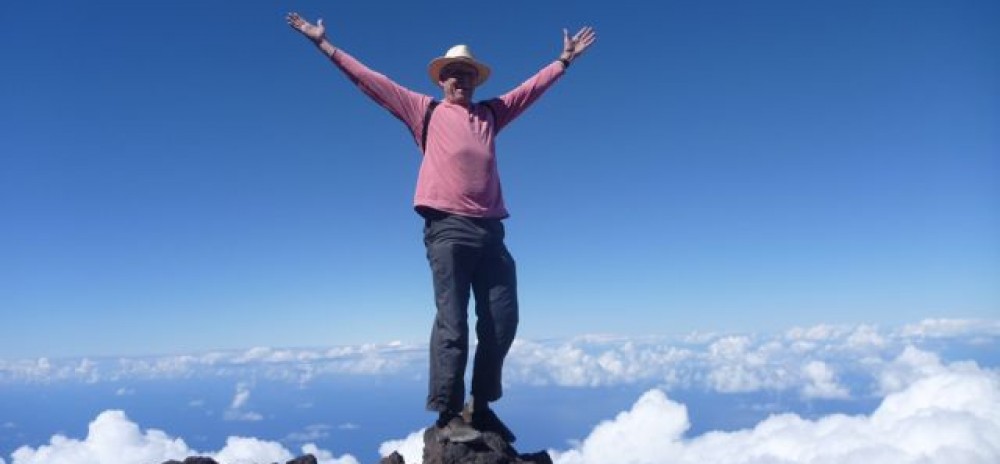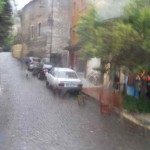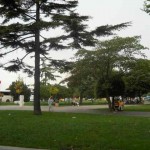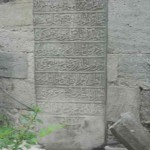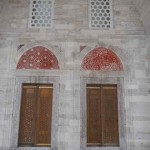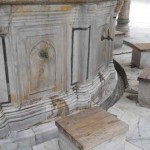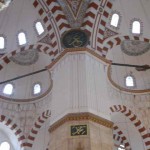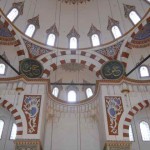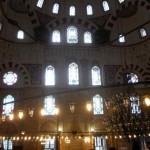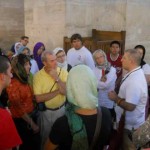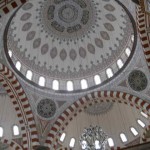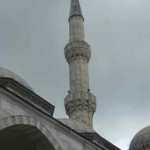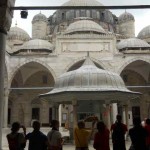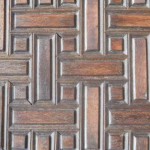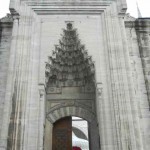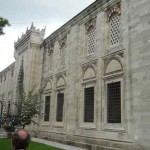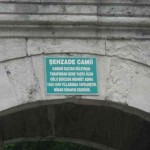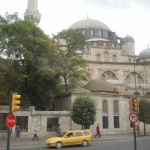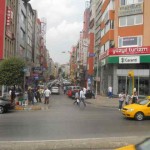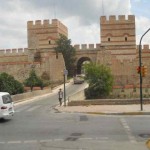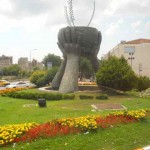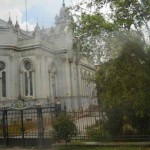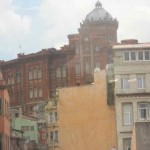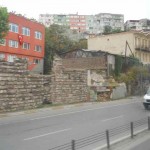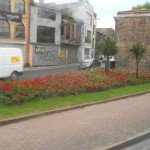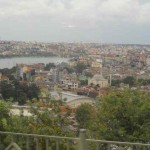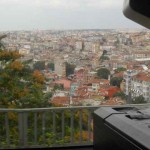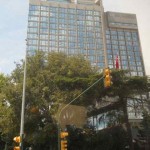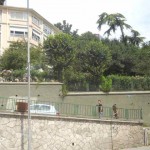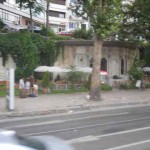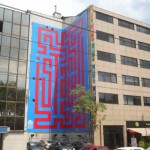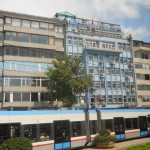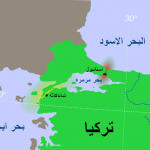OK. We just arrived in Alexandria, and here I am making my first Istanbul post. Kathy is catching up grading papers and I am catching up with postings. It’s 9am, and our first foray into Alexandria will be 2pm when we head out to the new Alexandria Library. Looking forward to that! Meanwhile, I hope to make use of the available bandwidth as the ship quickly empties this morning.
7/19. We entered the Dardanelles, heading for the Sea of Marmara and the port of Istanbul. This narrow, strategic strait must be traversed to reach the Black Sea.
Allied forces made a famous, failed attempt to beat back the Ottoman Empire during WWII here at Gallipoli. It was a very bloody, eight-month campaign, notable to me because it resulted in the promotion of Mustafa Kemal from a little-known, low-ranking army officer into a national hero. He was promoted to Pasha and with the collapse of the Ottoman Empire at the end of World War I became the founder of the modern Turkish state with the title Atatürk, the Father of Turkey.
Amazing transformations happened under Atatürk. He helped prevent the dismantling of Turkey following WWI, separated church and state; created a legislative body, threw out the Caliphs, westernized the dress, replaced Arabic with Turkish as the official language. (Apparently if there wasn’t a Turkish word for something they made one up). He ruled as a dictator, but left behind a functioning secular democracy in a predominately Muslim country.
In the years following 1926, for the first time in history, Islamic law was clearly separated from the secular law of the nation and confined to its religious domain. Mustafa Kemal said “ We must liberate our concepts of justice, our laws and our legal institutions from the bonds which, even though they are incompatible with the needs of our century, still hold a tight grip on us.”
We approached Istanbul as dawn was breaking and got our first glimpses of the “Blue” Mosque, Hagia Sophia and the Topkapı Palace.
-
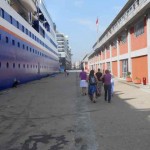
-

-
Dockside in Istanbul
-
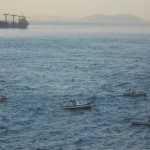
-
Fisherman were outside our window each day
-
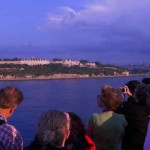
-
Topkapı Palace
-
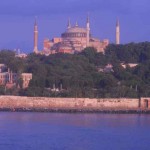
-
Hagia Sophia
-
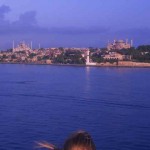
-
Blue Mosque and Hagia Sophia
-
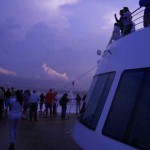
-
Lots of folks up early to see Istanul
-

-
First glimpse of the Blue Mosque
-

-
Approaching Istanbul at dawn
-
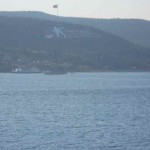
-
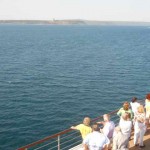
-
Folks gathering on the dek to see Gallipoli
-
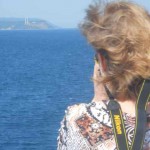
-
Monument at Gallipoli
-

-
Entering the Dardanelles
-

-
Dardanelles
